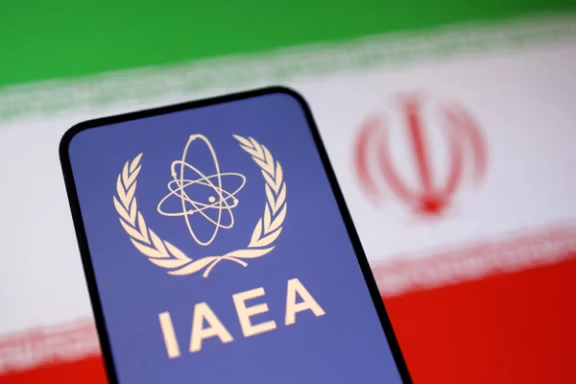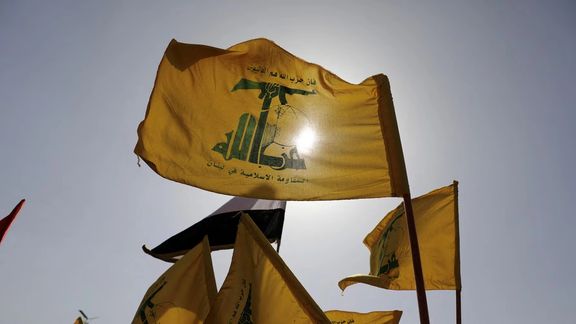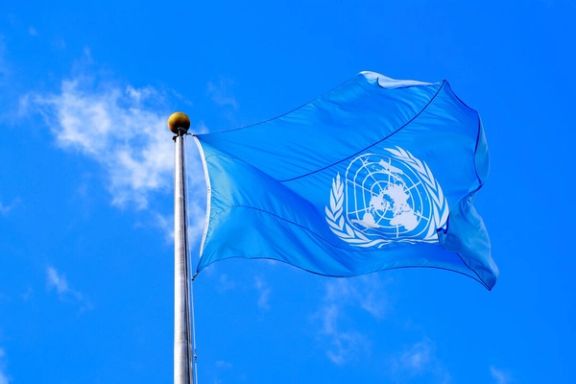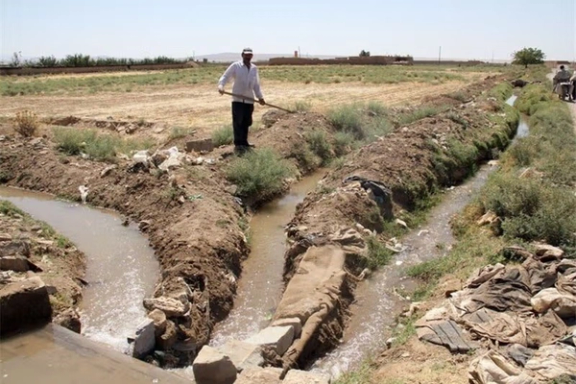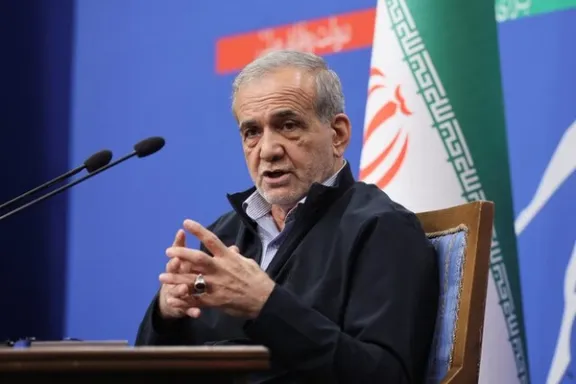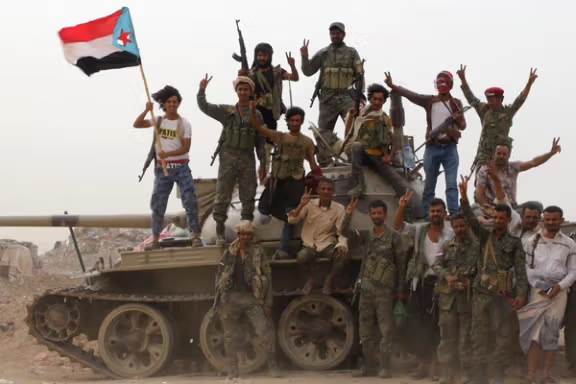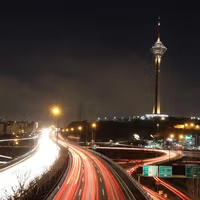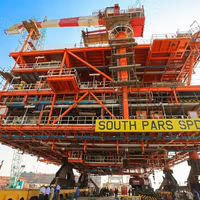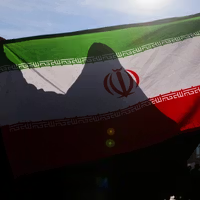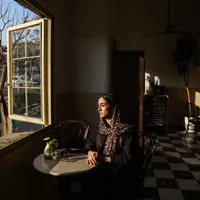Reza Najafi said the negotiations continue consultations on defining cooperation “within the framework of parliament’s law under new conditions.” He added the talks will determine “a new form of cooperation between Iran and the IAEA.”
Following Israeli and US military strikes on Iran in June, parliament passed a bill suspending cooperation with the IAEA and imposing new restrictions on inspections. Any arrangement for renewed access must now be approved by Iran’s Supreme National Security Council, and no agreement for inspections or resumption of the IAEA’s broader work has yet been reached.
On Thursday, Foreign Minister Abbas Araghchi met EU foreign policy chief Kaja Kallas in Doha. Araghchi said the European move to restore UN sanctions was “illegal and unjustifiable” and stressed that Tehran expects the EU “to play its role in fulfilling its responsibilities to neutralize moves against diplomacy.”
The two sides agreed to continue consultations in the coming days and weeks.
IAEA warns on uranium stockpile
The International Atomic Energy Agency said this week that Iran’s inventory of uranium enriched to 60% remains “a matter of serious concern” because inspectors lost visibility after the June war.
In a confidential report seen by reporters, the agency said Iran had 440.9 kilograms of 60% enriched uranium as of June 13, an increase of more than 30 kilograms since May. That material is only a short step from weapons-grade levels. The total stockpile stood at nearly 9,875 kilograms.
The report also confirmed that two inspectors mistakenly took documents from the Fordow site back to Vienna, which the agency called an “error” but not a security breach. Tehran subsequently barred them from returning.
Grossi urges quick progress
IAEA chief Rafael Grossi told Reuters that another round of talks with Iran would take place in Vienna this week and said the issue “cannot drag on for months.”
“It would be ideal to reach an agreement before next week,” Grossi said, stressing the need to verify that Iran’s highly enriched uranium remains under control. “I believe there is a general understanding that the material is likely still there, but it must be verified.”
Grossi added: “We have reminded our Iranian counterparts that domestic laws create obligations for Iran, not the IAEA.”
Limited access after war
Since the June conflict, inspectors have only been allowed into the Bushehr nuclear power plant, where they observed a fuel replacement in late August. Bushehr operates with Russian assistance and was not struck during the war.
Iran’s atomic energy chief Mohammad Eslami confirmed that inspectors entered the country with authorization from the Supreme National Security Council. He accused the IAEA leadership of acting under Western pressure, saying, “Our enemies always find excuses to pressure the Iranian nation.”
Snapback sanctions in play
The European powers Britain, France and Germany triggered the UN “snapback” mechanism on August 28, seeking to restore sanctions lifted under the 2015 nuclear deal. They demanded that Iran return to talks, grant inspectors wider access, and account for its uranium stockpile.
The snapback mechanism, created under Resolution 2231, automatically restores sanctions after 30 days unless the UN Security Council votes otherwise. The provision expires in October.
Tehran has rejected the step, with officials warning that Iran could even withdraw from the Nuclear Non-Proliferation Treaty if pressure mounts further.
